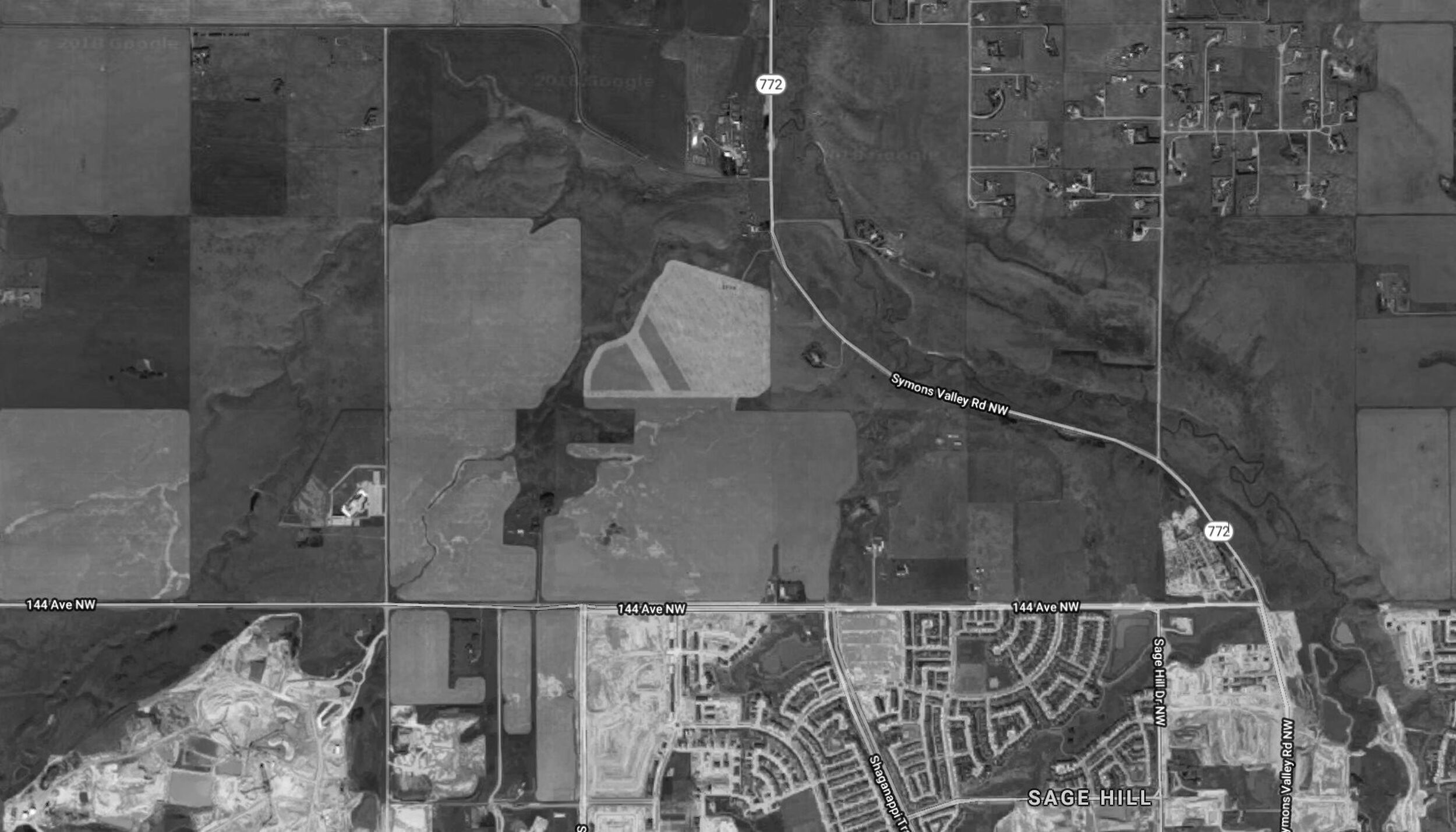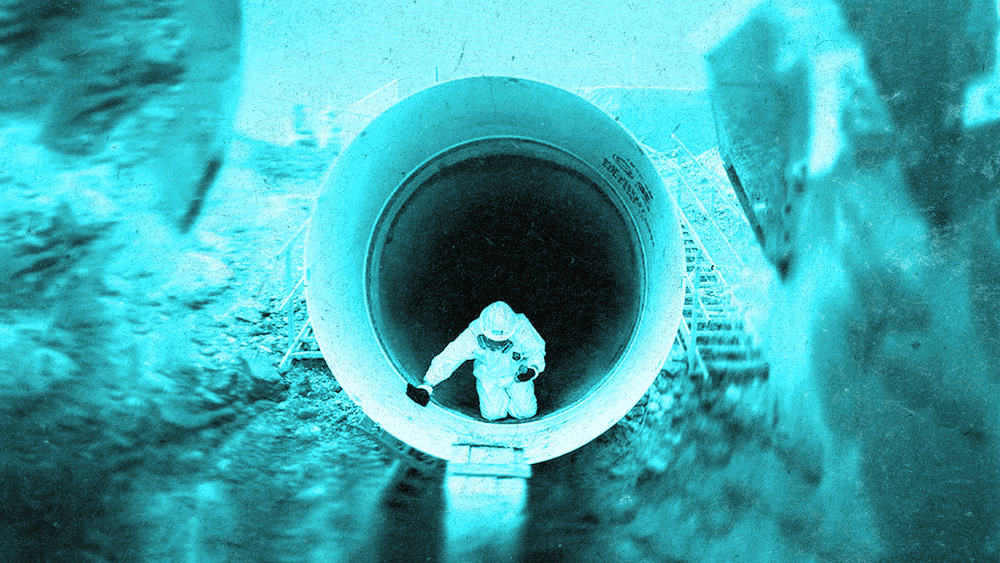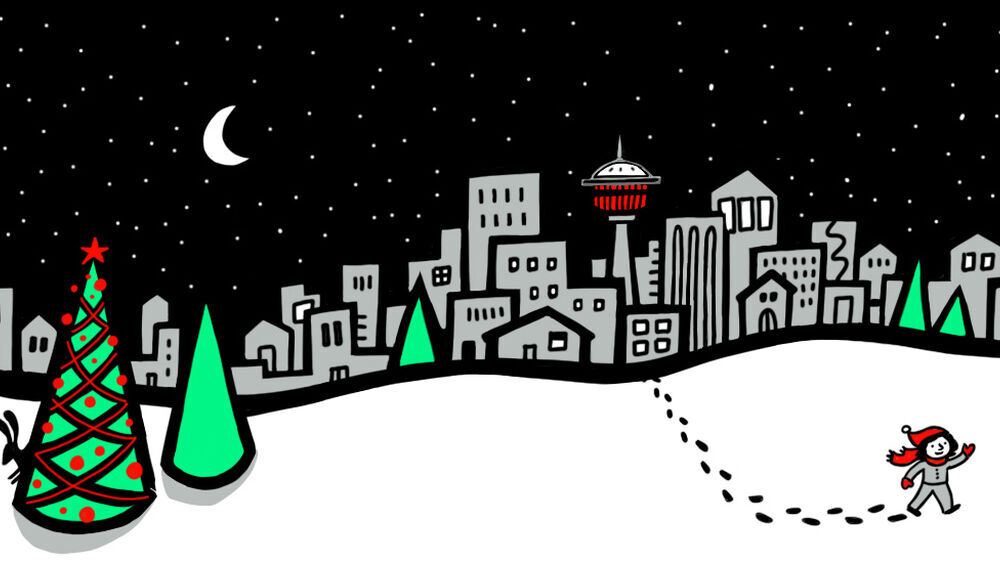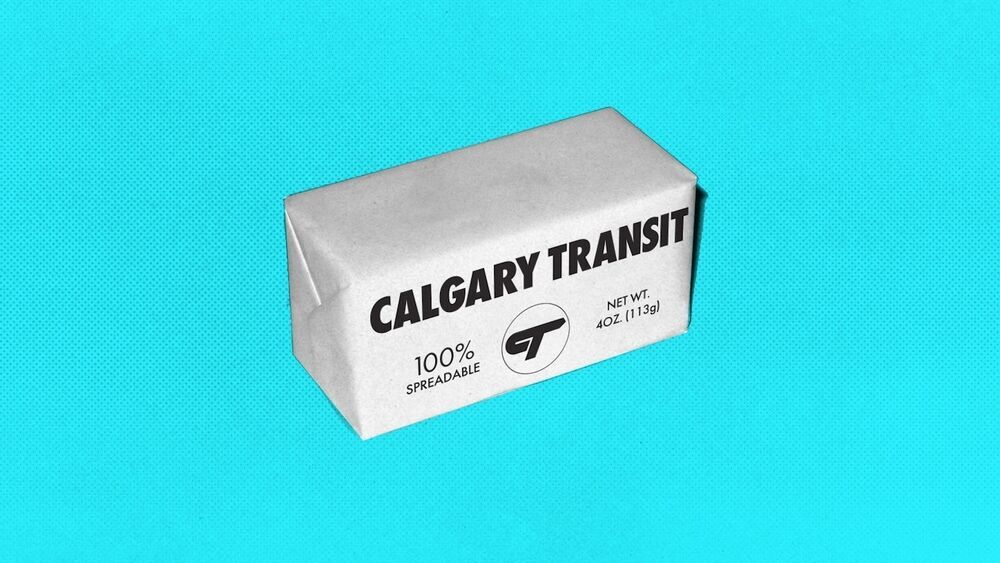
Sprawl Soapbox: New Calgary ‘burbs are a setback for cycling
More density would give more choice.
Welcome to Sprawl Soapbox! It’s a forum where Calgarians add their insights and expertise to what the Sprawl is covering. Think of it as a public square or community blog. We welcome community contributions like this one.
Reading through the excellent stories in The Sprawl’s Summer Bike Edition last month, I found myself wondering how we Calgarians can build urban cycling beyond the existing network, which is basically a downtown thing with some useful cross-city branches.
Whilst I was mulling and pondering, our city council met on July 30, and basically decided to allow every developer with a scheme to build a new suburb on the fringe of Calgary’s already massive urban footprint to have at ‘er.
Mapping out new cycle tracks and lobbying the city to build them in a sense misses the real point.
When 12 of 14 council members agreed to this 1970s-style plan for our city’s future, the penny (remember those?) dropped for me.
Of course we can, and should, continue to develop cycling infrastructure in Calgary. We should do it because it just makes sense for our health, for the environment, and to educate ourselves about the city as a human-scale place.
But just mapping out new tracks and lobbying the city to build them in a sense misses the real point.
The point is that urban cycling, while a wonderful end in itself for those who do it, is ultimately an expression of something else.
That something is density.
We all know of cities that have become models for cycling and bike infrastructure (fill in the name of your favourite here).
If you think about it, though, you will notice that all of these cities are denser, in development terms, than is Calgary. How they got that way is a question for urban designers and historians. But what does seem clear is that, the more population and different types of land use you fit comfortably into your city centre, the more people will choose to get around in ways that don’t involve a car.
It just makes sense. Why drive to work, or the gym, or the store, if the trip is just a few blocks? Why not bike? Or walk, for that matter?
This summer, city council gave a further boost to a vision of the city that would see cycling marginalized.
So, what does council do? Give the green light to a new bunch of suburban communities that can only function if people can drive to, from, and around them. Some of them may end up not going ahead, but the problem is essentially the same even if the list is cut back.
Not only does this sort of development set back our hopes of making the city more environmentally sustainable and humane, it also encourages the idea that there is no alternative to gasoline-burning vehicles when it comes to transportation.
Council’s decision, in other words, is a serious setback for those who want better cycling infrastructure in Calgary. Council didn’t vote directly against more cycle tracks on July 30. But it did give a further boost to a vision of the city that would see cycling marginalized.
What, then, should cyclists do about this?
Continue pushing for more, and improved tracks, of course.
But the cycling community can also help itself by letting council members know that we need more than just more painted lines on streets. We need a commitment, expressed in concrete terms, to a vision of Calgary that doesn’t assume that our future must be more car communities built dozens of miles from where the residents of those communities will work and play.
If cycling matters, urban development matters too.
Jim Cunningham is a career journalist and an instructor in SAIT’s journalism program.
Support independent Calgary journalism!
Sign Me Up!The Sprawl connects Calgarians with their city through in-depth, curiosity-driven journalism. But we can't do it alone. If you value our work, support The Sprawl so we can keep digging into municipal issues in Calgary!




